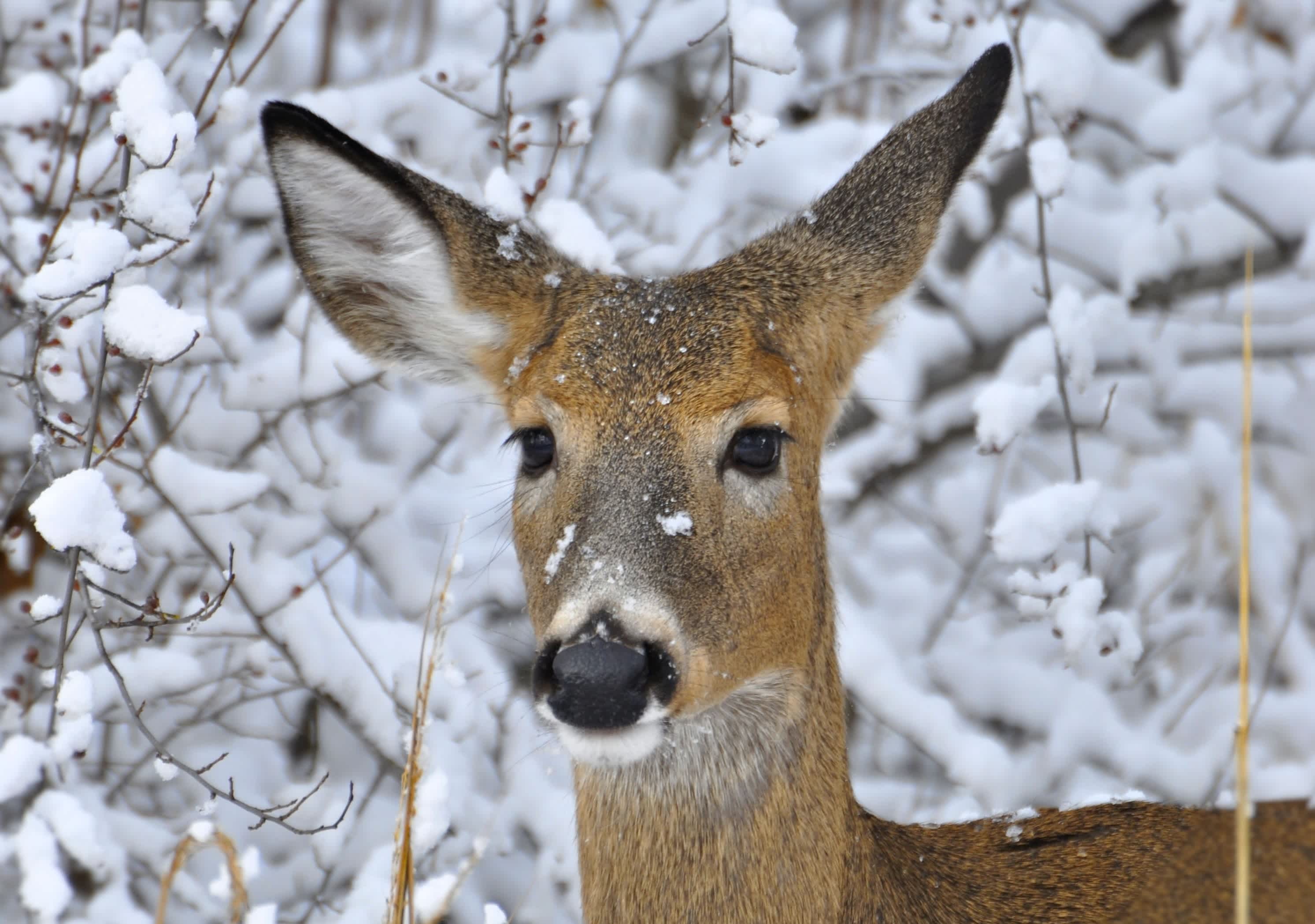Wisconsin Deer, Turkey Mortality Possibly Lower than Feared
OutdoorHub Reporters 04.08.14

The Wisconsin Department of Natural Resources (DNR) recently released its 2013-2014 Winter Severity Index (WSI), which measures how the season affected wildlife in the state. The results were grim, and many regions of the state marked 2014 as the worst winter for deer and turkeys in Wisconsin’s history. Biologists expected large die-offs, but as time progresses, some experts are saying that wildlife mortality may be lower than predicted.
One of those experts is DNR wildlife biologist Greg Kessler, who told the Journal Sentinel that it is common to see five percent of the state’s deer herd die each winter.
“It’s still unfolding and the most critical time is always the last month or so,” Kessler said. “As of now, it might not be as bad as we feared.”
This optimism comes after startling results in the DNR’s report, which found the cumulative WSI in certain stations as high as 176. Biologists say that a score of 100 is considered severe. The hardest-hit region of the state is the north, which contains the Laurentian Mixed Forest. In the map below, the DNR depicted this winter’s severity through March. Areas approaching white in coloration reached well over 140 on the WSI scale.

The 30-year average for this region hovers around 67.
Biologists, hunters, and conservationists are hoping for a minimal effect on wildlife, much of which depends on how easily animals can find food in late March and early April. Severe winters have historically decimated deer and turkey populations before, with losses over 30 percent. If DNR biologists do determine a large loss to have taken place, hunting prospects may be lowered for the next few seasons.
“We’ll see that the fawn crop for this year will be quite a bit less, so the effects will hit us when it comes to hunting season this year,” professor of wildlife ecology Eric Anderson told WSAW.
Anderson, who teaches at the University of Wisconsin–Stevens Point, said that deer become especially vulnerable to wolves and other predators once their available food sources are exhausted.
However, fewer dead deer have been found this year than in previous severe winters, which Kessler said is a good sign. Deer killed recently during traffic accidents also proved to be in good health and do not seem to be starving. Whether that is true of the wider deer population remains to be seen.

